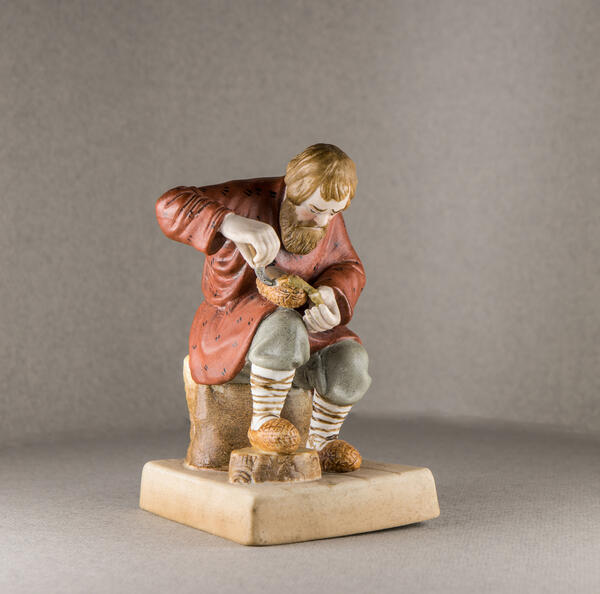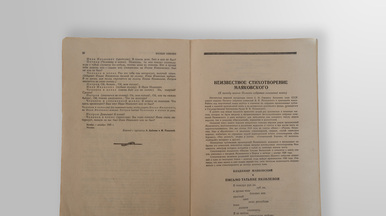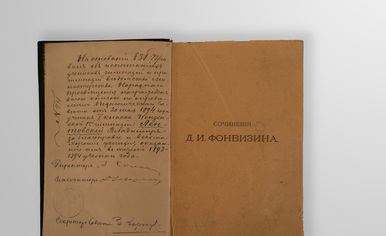In the second half of the 18th century and the 19th century, one of the leading porcelain manufacturers in the Russian Empire was the porcelain factory established by the British citizen Francis Gardner in the village of Verbilki, Dmitrov Uyezd. In 1892, the factory was acquired by another major industrialist and entrepreneur Matvey Kuznetsov.
After the Russian Revolution of 1917, the factory was nationalized and was renamed according to its location. Between 1918 and 1921, it was known as the Dmitrov (Former Kuznetsov) Factory and the Dmitrov State Factory in Verbilki (Former Gardner Factory). In 1921–1923, Gardner’s name was removed, and in the second half of the 1920s, the factory operated as the Dmitrov Factory in Verbilki.
The range became more limited, and the quality of many products was worse compared to the time when the factory was owned by both Gardner and Kuznetsov. According to the comprehensive catalog of Soviet porcelain, “during the early Soviet period… the designs of the former owner were used… but <later> the factory began to churn out mass-produced items… of mediocre quality, ” mostly vases, decorative plates, and dressing table sets.
The displayed figurine was among the items produced using earlier models. Miniature porcelain figurines were in great demand in the 19th and early 20th centuries. The characters were inspired by illustrations from popular magazines and lithograph albums. During that time, graphic arts were the most affordable way to portray and demonstrate to the general public the real life of peasants and the urban lower classes with the utmost accuracy.
The figurine depicting a peasant weaving bast shoes was created in line with the traditions of the Gardner Factory: its calm color palette emphasizes the peaceful disposition of the elderly craftsman, the smooth flow of time, and the inner harmony.
Experts agree that the enterprise regained its
former glory in the 1930s which was largely due to Konstantin Tikhonov, a
porcelain artist and a student of the Fabergé school. In 1937, an artistic
workshop began to function at the enterprise, and the Dmitrov Factory was
awarded a Grand Gold Medal at the World Exhibition in Paris.



